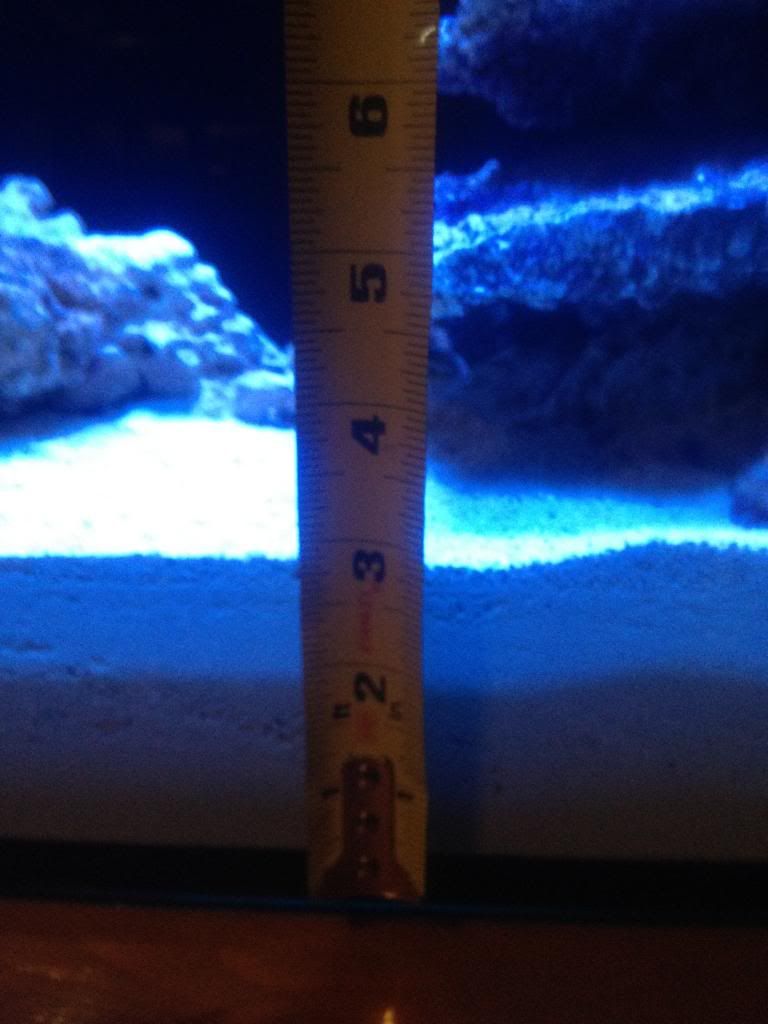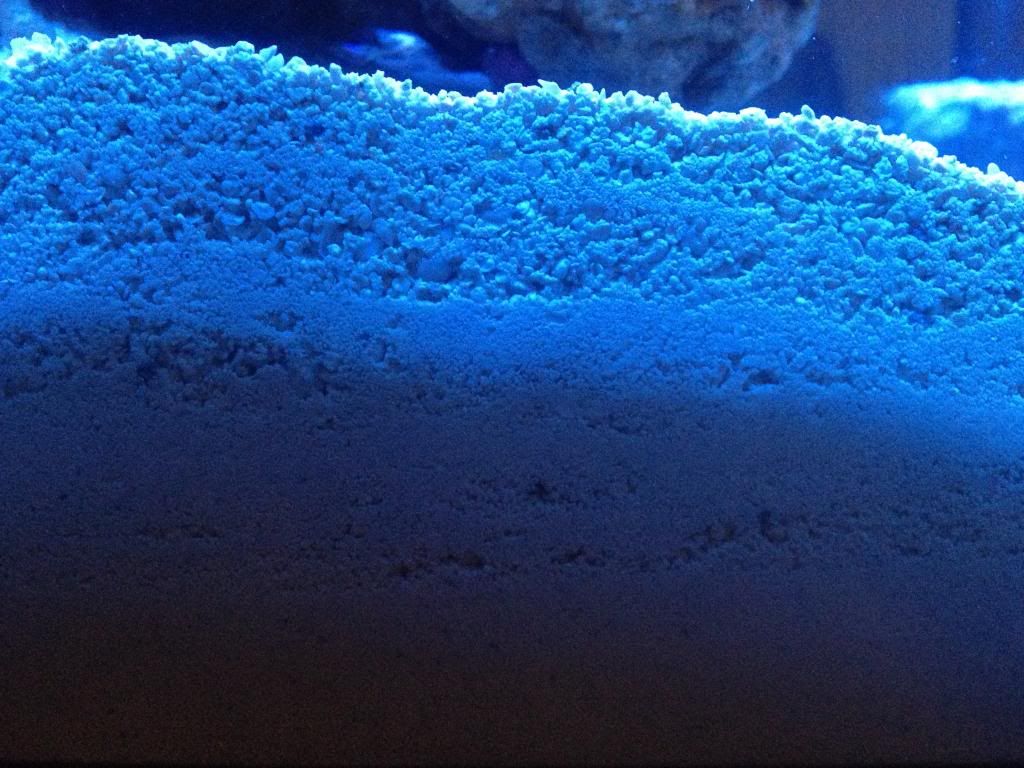Pawlu
Member
Ok, I want to avoid starting a new debate of the pros/cons of sand beds , deep sand beds or no sand beds at all. I have read a lot of good and bad about both, personally I like the look of sand beds, plus I also love sand dwelling fish (gobies) and shrimp (pistol shrimps) so having a sand bed is both aesthetically pleasing as well as a requirement for the live in the tank.
Now on this new 38 Gallon tank I originally wanted to go 4 " deep to make it officially a DSB, however I settled on a 3" sand bed of various grades. The aquascaping of the tank was done in such a way that there is very little rock directly on top of the sand bed. See tank build details here: http://www.reefsanctuary.com/forums...llon-innovative-marine-nano-reef-project.html
My main question is, what is the best way to maintain this specific sand bed to keep this system healthy for years to come starting right from day 1 assuming that sand sifting animals will live in it (gobies, pistol shrimp, snails etc)?
So i'm looking for advice on things such as, should I gravel vac? If yes how often? What can be done to prevent this sand bed from becoming toxic over time and leading to the demise of the tank? Etc..
Sand bed details:
Bottom layer substrate: CaribSea Aragonite (Aragamax) Sugar sized. (<.025mm). Approx 30% of total sandbed.
Middle Layer: CaribSea Ocean Direct live sand (.25mm-6.5mm, bulk is in the .25mm size). Approx 60% of total sandbed.
Top Layer: CaribSea Aragonite (Reef Sand) 1-2mm Diameter. Approx 10% of total sandbed.
The Sand bed:


Now on this new 38 Gallon tank I originally wanted to go 4 " deep to make it officially a DSB, however I settled on a 3" sand bed of various grades. The aquascaping of the tank was done in such a way that there is very little rock directly on top of the sand bed. See tank build details here: http://www.reefsanctuary.com/forums...llon-innovative-marine-nano-reef-project.html
My main question is, what is the best way to maintain this specific sand bed to keep this system healthy for years to come starting right from day 1 assuming that sand sifting animals will live in it (gobies, pistol shrimp, snails etc)?
So i'm looking for advice on things such as, should I gravel vac? If yes how often? What can be done to prevent this sand bed from becoming toxic over time and leading to the demise of the tank? Etc..
Sand bed details:
Bottom layer substrate: CaribSea Aragonite (Aragamax) Sugar sized. (<.025mm). Approx 30% of total sandbed.
Middle Layer: CaribSea Ocean Direct live sand (.25mm-6.5mm, bulk is in the .25mm size). Approx 60% of total sandbed.
Top Layer: CaribSea Aragonite (Reef Sand) 1-2mm Diameter. Approx 10% of total sandbed.
The Sand bed:


